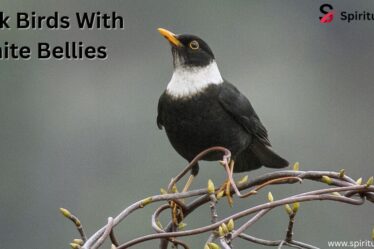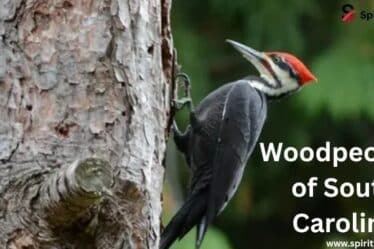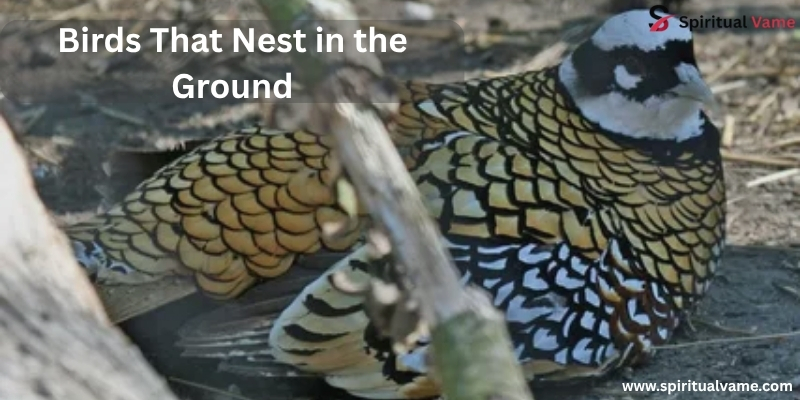
Birds are amazing creatures that choose many different places to raise their young. Some birds prefer trees, but others stay closer to the earth. Birds That Nest in the Ground are special because they have smart ways to stay safe. They use colors and hidden spots to protect their eggs from predators. You can find birds that nest in the ground in forests, wetlands, beaches, and even open fields. These birds show great skill in surviving close to the ground. In this article, we will explore many birds that nest in the ground and their unique nesting habits. Get ready to discover how these ground-nesting birds live and thrive in nature.
Ground nesting birds
Ground nesting birds include many types of birds that live in different habitats such as forests, wetlands, grasslands, and even beaches. What makes them special is their clever use of camouflage and secretive behavior to keep their eggs and chicks safe. Unlike birds who build nests high in trees or cliffs, these birds often lay their eggs directly on the ground, sometimes in shallow scrapes or hidden under vegetation.
Curlew
The Curlew is one of the most iconic ground nesting birds with its long, curved beak and haunting calls. These birds are masters of camouflage, nesting in open grasslands and moorlands where their speckled eggs blend seamlessly with the landscape. In the USA, their close relatives, like the Long-billed Curlew, can be found nesting in wide, open fields.
Their nesting strategies focus on choosing spots where they can see approaching danger from a distance. They lay their eggs in shallow ground depressions, using minimal materials. Their chicks, once hatched, are able to run within hours, a vital adaptation for surviving against numerous predators.
Lapwing
The Lapwing is another bird famous for its ground nesting. Known for its striking black and white plumage and spectacular flying displays, the Lapwing prefers flat, open landscapes like farms, grasslands, and wetlands. Their nests are simple scrapes on the ground, where their speckled eggs are almost invisible against the soil and vegetation.
Lapwings are fiercely protective parents. They use clever tricks, such as performing distraction displays, to lead predators away from their nesting sites. These birds show how vital quick thinking and excellent camouflage are for survival when living on the ground.
Woodlark
The Woodlark is a small songbird that nests on the ground in open woodland areas. It builds a nest hidden among the grasses or low shrubs, carefully lining it with moss, feathers, and soft grass. Its brownish plumage acts as perfect camouflage against the earthy forest floor, helping it stay unnoticed by predators.
The nesting strategies of Woodlarks rely heavily on blending into the environment and choosing quiet spots with minimal human disturbance. Woodlarks show us that even the tiniest birds have developed amazing adaptations for raising their young safely on the ground.
How you can help ground nesting birds
If you care about birds that nest in the ground, there are several ways you can make a difference. First, always stick to marked trails when hiking in nature to avoid stepping on hidden nests. Many ground nests are so well camouflaged they are almost invisible. When you spot signs warning about nesting birds, be sure to respect them and keep pets like dogs on a leash.
Supporting conservation groups that protect grasslands, wetlands, and forests also helps ground-nesting species. You can plant native vegetation in your backyard to give birds more safe spaces to nest. Understanding and respecting the delicate environment these birds depend on is crucial for their survival.
Birds That Nest in the Ground
Across the USA and the world, many species have developed unique nesting strategies to raise their families directly on the ground. Some birds use burrows or hide in crevices, while others rely completely on camouflage. Their eggs are often speckled and colored to match their surroundings, and their chicks grow quickly to escape danger. By learning about these birds, we can better appreciate their role in our ecosystems and the amazing way they thrive in challenging environments.
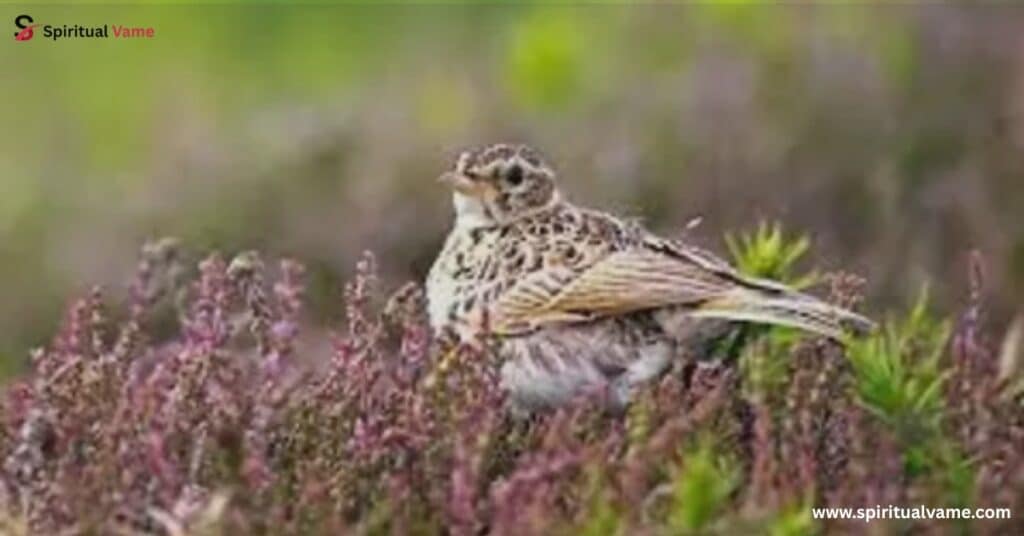
Kingfishers
Kingfishers are known for their bright colors and incredible fishing skills, but some also nest in the ground. In the USA, Belted Kingfishers dig deep burrows into riverbanks to lay their eggs. These long tunnels keep the chicks safe from weather and predators.
Their nesting strategies show how birds can use the landscape creatively. Instead of building in trees, they carve out homes where few other animals can reach them. The presence of Kingfishers along rivers is a sign of a healthy, thriving habitat.
Burrowing Owls
The Burrowing Owls of the USA’s western and southern regions are a perfect example of ground nesters. They make their homes in abandoned burrows left by animals like prairie dogs. These owls have long legs and spend much of their time on the ground, hunting insects and small animals.
Their behavior is very different from most owls. They are active during the day and are often seen standing at the entrance of their burrows. This unusual nesting choice helps them avoid forest predators and fits their open landscape lifestyle.
Swallows
While most Swallows are known for nesting in barns and cliffs, some swallow species also choose ground-nesting sites like sandy banks. In the USA, Bank Swallows dig burrows into riverbanks where they nest in large colonies.
This behavior shows their adaptations to environments where trees are scarce. They use their strong legs and beaks to dig tunnels that protect their eggs and chicks from predators and harsh weather conditions.
Seabirds
Many seabirds, like puffins, prefer nesting directly on the ground or in rocky crevices along cliffs. Atlantic Puffin (Fratercula arctica) is a great example, digging burrows into grassy cliffs. Seabirds use remote islands and rugged coasts as their nesting sites to stay safe from predators and human activity.
Other species like the California Gull (Larus californicus), the American Avocet (Recurvirostra americana), and the American Oystercatcher (Haematopus palliatus) rely on open beaches and marshes for nesting. Their nesting strategies often include laying their eggs right on pebbly or sandy ground, blending perfectly with the natural colors to avoid detection.
Top 19 Birds That Nest on the Ground
Ground-nesting birds come from all kinds of groups — from shorebirds to flightless birds. Each one has unique behaviors and strategies to survive. Some dig burrows, some use simple scrapes, and others hide among tall grass. Let’s explore these incredible species.

Shorebirds
Shorebirds are excellent ground nesters, often found living along coasts, beaches, and wetlands. These birds use their excellent camouflage and natural nesting skills to hide their eggs and chicks from predators. Their ability to survive in such open, harsh environments shows their strong adaptations.
1. Atlantic Puffin
The Atlantic Puffin (Fratercula arctica) is a colorful seabird that digs deep burrows in grassy cliffs to nest. These seabirds use their beaks and feet to create safe homes where they can raise their chicks away from predators. Their burrows provide shelter from harsh Atlantic weather, ensuring their survival in tough conditions.
2. California Gull
The California Gull (Larus californicus) nests on the ground in open spaces like beaches and salt flats. They lay their eggs in simple scrapes, using bits of vegetation to build a basic nest. Their smart use of wide, open areas and alertness to threats help them protect their chicks.
3. American Avocet
The American Avocet (Recurvirostra americana) is known for its long, curved bill and elegant movements. It nests in shallow wetlands, laying its eggs in bare ground or among low vegetation. These birds rely heavily on camouflage, blending their eggs into sandy and muddy backgrounds to avoid predators.
4. American Oystercatcher
The American Oystercatcher (Haematopus palliatus) nests on sandy or rocky beaches where its colorful body surprisingly blends well with the environment. They scrape shallow nests directly into the sand, and both parents fiercely guard the nest. Their bright eyes and loud calls help scare off intruders.
Game Birds
Game Birds are larger ground nesters often found in forests, grasslands, and fields. They are known for their strong legs, fast running, and excellent hiding abilities when nesting.
5. Wild Turkey
The Wild Turkey builds a simple nest on the ground hidden under thick brush or tall grass. Females lay large clutches of eggs, and their brown feathers help them blend into the forest floor. These birds rely on staying still and hidden to protect their nests from predators.
6. Ring-necked Pheasant
The Ring-necked Pheasant is a colorful bird that nests in tall grasses or fields. Their nests are shallow depressions lined with grasses and feathers. Despite the male’s bright colors, the females’ brown plumage provides excellent camouflage for nesting and raising their chicks in open areas.
Waterfowl
Waterfowl are birds like ducks, geese, and swans that often nest near water bodies. They use thick reeds, tall grass, or even small islands to protect their ground nests.
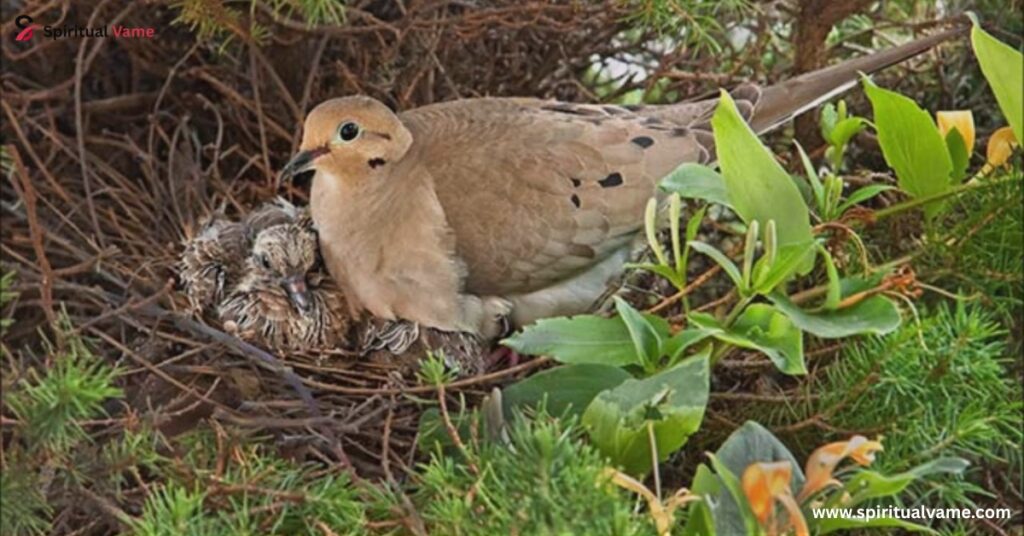
7. American Black Duck
The American Black Duck chooses hidden spots close to water for nesting, often under bushes or in tall grasses. Their dark feathers help them blend in well with the surroundings. They create soft nests lined with down feathers to keep their eggs warm and safe.
8. Cackling Goose
The Cackling Goose prefers open tundra or grassy areas near water to build their nests. These small geese build simple ground nests, using plant material and down feathers. Both parents fiercely protect the nest and the young from predators and harsh weather.
9. Trumpeter Swan
The Trumpeter Swan builds massive nests of vegetation right at the water’s edge. These are the largest nesting birds in North America, and their large size offers some protection from predators. Their nests are often reused year after year, growing bigger each season.
Wading Birds
Wading birds are tall, slender birds found in wetlands and shallow waters. They often nest on the ground in reed beds or marshy islands, using their height and cautious behavior for protection.
10. Glossy Ibis
The Glossy Ibis prefers wetlands where it nests in thick vegetation or on the ground near water. They build their nests with sticks, reeds, and grasses. These birds form colonies, providing safety in numbers to protect themselves and their young.
11. Sandhill Crane
The Sandhill Crane builds ground nests in wetlands, often on small islands or in dense reeds. Their nests are made from grasses and other plants. Both parents take turns guarding the nest, and their loud, trumpeting calls help warn off any approaching threats.
12. Black Rail
The Black Rail is a secretive and tiny bird that nests in salt marshes and wetlands. They build nests hidden deep within thick grasses, completely concealed from predators. Their shy behavior and preference for dense cover are key to their successful ground nesting.
Songbirds
Songbirds are usually thought of as tree-nesters, but a few unique species build their nests safely on the ground, using thick cover and careful camouflage.
13. Hermit Thrush
The Hermit Thrush often nests on or very close to the ground in forests, using moss, twigs, and leaves to make their nests. Their brown coloring and quiet nature make them hard to spot. These birds prefer quiet, undisturbed areas to raise their young.
14. Bobolink
The Bobolink nests in tall grasslands and meadows, weaving its nest into dense grass. The cover hides the nest completely from view. Bobolinks are migratory birds that depend on healthy grasslands for their ground nesting success.
15. Horned Lark
The Horned Lark nests directly on bare ground in open fields or deserts. They dig small depressions in the soil, sometimes lining them with bits of vegetation. Their sandy-colored feathers and low profile help them avoid being seen by predators.
Pelagic Birds
Pelagic birds are ocean travelers who spend most of their lives at sea, but they return to land to nest, often choosing remote islands and ground spots with little threat from land predators.
16. Masked Booby
The Masked Booby nests on the ground in tropical islands, often choosing open, sandy areas. They lay a single egg on bare ground with little or no nesting material. Their remote nesting sites protect them from most ground predators.
17. Black-footed Albatross
The Black-footed Albatross nests on remote Pacific islands, scraping a shallow depression into sandy or grassy ground. They are one of the few birds that can travel thousands of miles across oceans and still return to the same nesting sites each year.
Flightless Birds
Flightless birds are large and powerful species that stay grounded. They build their nests directly on open ground and rely on size, speed, or hiding for protection.
18. Common Ostrich
The Common Ostrich lays its eggs in shallow ground nests, usually in open grasslands. These are the largest birds and lay the biggest eggs of any living species. Their excellent eyesight and strong legs help them spot and escape predators quickly.
19. Common Emu
The Common Emu builds its nest on the ground in grassy plains and forests. The male Emu takes the main role in incubating the eggs and caring for the chicks after hatching. Emus are fast runners, using their speed to avoid danger instead of relying on flight.
Final Thoughts
Birds that nest in the ground show incredible diversity and creativity. From the hidden nests of the snipe in wetlands to the burrows of the Burrowing Owl in deserts, these birds prove that the earth’s surface is full of life and mystery. Protecting their habitats and respecting their nesting seasons can ensure future generations will continue to enjoy these marvelous creatures. Next time you’re hiking or visiting the beach, remember: life might be blooming right under your feet.
Birds have a very unique way of mating called the cloacal kiss. Unlike mammals, birds do not have external sex organs. Instead, they use a special opening called the cloaca. During the cloacal kiss, two birds briefly touch their cloacas together to transfer sperm. This quick action helps them reproduce without any complex mating process.
The cloacal kiss happens very fast but is very important for bird survival. It allows sperm to move from the male to the female in just a second. Some birds even prepare for the cloacal kiss with special courtship dances. In this blog, we will learn all about the cloacal kiss, how it works, and why it is so important in the bird world.


